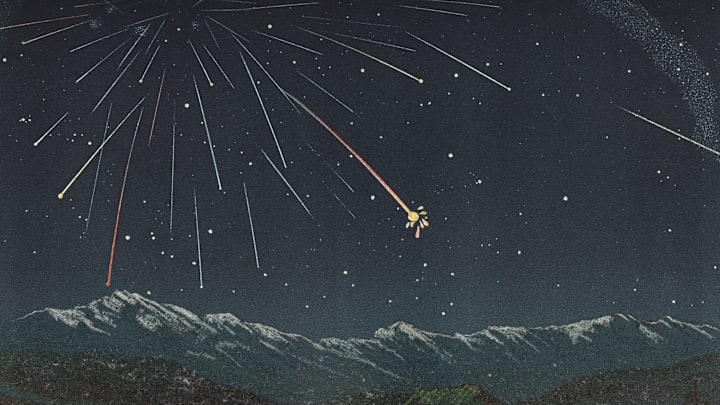The next time you see a shooting star, just know: It could be astronaut poop.
Astronaut Scott Kelly’s body went through some odd changes when he spent a year aboard the International Space Station with Russian cosmonaut Mikhail Kornienko. The mission was designed to study the effects of long-term spaceflight and last about twice as long as the average ISS trip. There was another cool dimension to the experiment: Scott Kelly would be the guinea pig in space, while his identical twin brother, fellow astronaut Mark Kelly, would remain on Earth and act as the control.
When the results from the “Twins Study” came in, NASA was not disappointed. Scott Kelly’s telomeres got longer in space, but shortened when he returned to Earth, a potential sign of stress and aging. He lost 7 percent of his body mass. Body fluids equivalent to a 2-liter bottle of soda sloshed up from his lower body to his head and chest. The microbial diversity of his poop plummeted.
During the 2015-2016 mission, NASA also shared several numbers that surely interested the toilet enthusiasts among us. Kelly drank about 730 liters of water drawn from recycled urine and sweat, and he produced roughly 180 pounds of feces. Astronaut poop can’t just be flushed down the drain, of course, because space has no sewer pipes. Instead, it’s cast off from the station along with other ISS trash. It will eventually be incinerated by the extreme heat of atmospheric re-entry, sort of like a meteor.
And, just like a meteor, that hot ball of poop trash will light up across the sky like a shooting star. But, as NASA cautions, “your feces will not be shooting stars.” Killing our dreams, NASA!
Discover More Stories About Humans in Space:
A version of this story was published in 2019; it has been updated for 2025.
